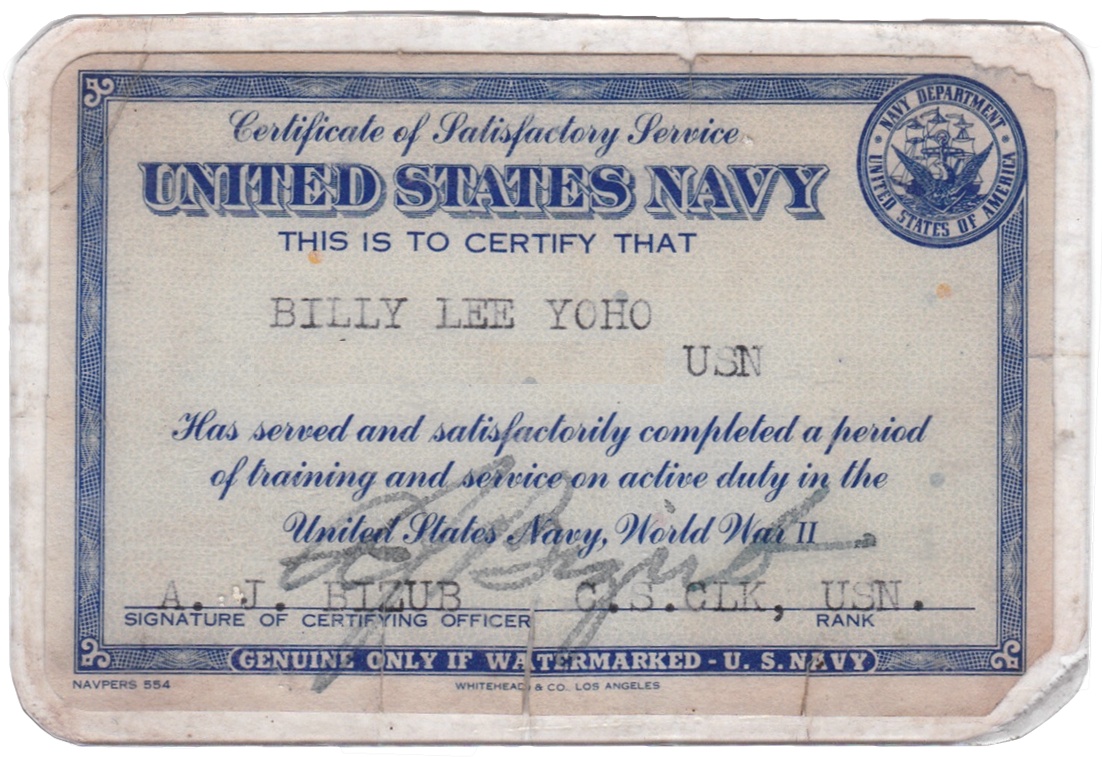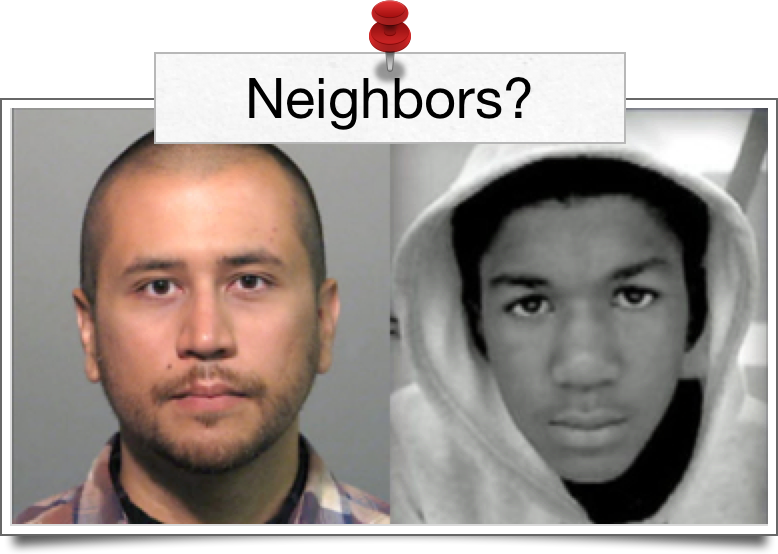Steps that Count For Transformation
Measure Progress and Act Transformationallly
Numbers are amazing. Counting is an incredible human ability. Fundamentally, counting and measuring is a transformational act. Our powers of observation and pattern recognition enable us to denote change as numerical symbols. We perceive the gap between what was or is, and what could be. We notice what’s different, added, or missing in our context.
Developmentally, one-year olds soon begin to count, and by age three, count up to five, then ten. I have a great deal of fun with my four-year old grandson Liam, who when asked how old he is, playfully affirms “Five!” pushing ahead to bigger and older. He understands change, and the desirability of growth. Numbers help us quantify change and measure our progress. For example, our capacity to compare our past and current age, things, or experiences, to an emerging future that’s better, describes our growth. As we mature, we develop the capacities to intentionally seek positive change, starting with our present, to achieve more desirable future outcomes. We become transformed. Numbers can help tell this story.
We understand the importance of numbers from the first pages of the Pentateuch as God’s creative work is counted as days. The Bible book that begins and ends with the counting is aptly titled Numbers. Counting what changes can be a good proxy for the transformation that is experienced. The New Testament contains many references to measurement including Jesus’ early years growing in wisdom and stature, to the expansion of the church in Acts by the thousands, mission journeys that traversed the world, and the final fulfillment of redemption through Christ described in the book of Revelation.
Avoid the Dissonance of Misdirection
Consider a story from John 4. The Pharisees presumably tracked of the baptisms of John the Baptist, and Jesus, reporting the results as in modern day election returns. They acted as observers, statisticians. Imagine a scoreboard in the Pharisees’ war room with the results- John: 40 | Jesus: 67.
Something didn’t sound right. Curiously, the Gospel writer reveals that the data was flawed. We come to understand that Jesus did not actually perform any baptisms himself, and instead, the disciples did the actual baptizing. That observation alone rendered the data irrelevant. The Pharisees manipulated the findings to fabricate drama. They were suffering from their own impairments, thirst for power, and the consequences of their unjust actions. Most thinking people saw right through their charade. Some Pharisees posited a rivalry between John the Baptist and Jesus so they could appear to look like winners.
Jesus couldn’t be bothered with misdirection. Any counted baptisms correlated to a changed life. Instead of everyone celebrating Good News, some objected. Determined to reach Galilee, Jesus traveled through an area he knew the Pharisees would not dare to follow. (He was escaping to complete several missions at once.) During this journey, Jesus met a Samaritan woman at a well who became Jesus’ disciple-evangelist, his new friend on Facebook. An entire region was transformed through her messaging.
Understand Your Context
Newark Presbytery’s incredible journey (with various other substitute adjectives including words like: awesome, cool, scary, painful, dramatic, and difficult- preceding journey) took a new form in 2006 when a flattened mission design was rolled out. God’s Spirit, however, was evident among us long before that.
The Spirit’s work among our Presbyterian Tribe began in 1666 when followers of Jesus moved from Connecticut with a land grant from King George to establish a new church. Data from this period document thousands of changed lives, with dozens of new communities of faith sent from our spiritual birthplace, namely: Old First Presbyterian Church in Newark. On June 22, 1870 the Synod of New Jersey established the Presbytery of Newark including the city of Newark with the townships of Woodside, Belleville, Bloomfield, Montclair, Clinton, and Caldwell. The data documents growth as people worked and fought hard for justice, peace, and freedom ensuring that civic, commercial, and educational institutions flourished.
Newark Presbytery today represents a spiritual lineage of world-changing spiritual vitality in the Reformed tradition. As part of the Vine, we bear fruit as God brings the increase of gifts and voices from every congregation, and the sessions that measure their progress. (Remember that elders are now called ruling elders, referring to their responsibility to measure as with a ruler, the faithful progress and growth of God’s people in worship and witness as they embrace the world with the arms of God’s love.)
Consider the data plotted in Chart 1, showing membership (green), and congregations (blue). In 1900, our thirty-six (36) churches and 11,796 members experienced steady growth with a slight dip in the late 50’s. When The Presbytery of Morris and Orange was dissolved in 1964, its eighteen (18) churches within Essex County became part of our presbytery, increasing the number of our churches by 38%, and our membership by 50%, to an all-time high of 33,065 members. The expanded presbytery held its first meeting at the Old First Presbyterian Church on June 7, 1964. The abundant organizational capacity achieved through this acquisition was profound, but was not sustainable. Newark Presbytery, just like all other volunteer organizations in North America, fell victim to large-scale sociological shifts hinted at by the Pharisee’s ancient question, “Who is my neighbor?”
Our history must be understood in its social context so that our future choices remain authentic, effective, and relevant. Negativity and defensiveness sometimes accompanies initial conversations about our local or national church membership which can be turned around with mindful, evidence-based, analysis fueling transformative action. It takes honesty and courage.
Learn to Act Differently in Your Communities
In Chart 2, our denomination’s membership from 1900 (orange), is essentially identical to the membership trends in all other volunteer organizations. (Go ahead, look at the data. What is your reaction?) Since the decline is not a unique Presbyterian experience, the remedy is best understood in a broad, sociological framework. We don’t have a Presbyterian problem, (We don’t have a Methodist, Lutheran, or United Church of Christ, or Roman Catholic, problem. Its bigger than us.)
Since the 1960‘s, people have been increasingly disconnected from family, friends, neighbors, and social structures. All groups including the PTA, recreation and service clubs, political parties, and churches reported a consistent loss of membership because people no longer chose to join groups. Groups did not add much value to a person’s whole life experience, so why go? Social interactions became increasingly fragmented. Mental health professionals now report a frequent diagnosis of feelings of isolation, despair, and the inability to cope. The church has reflected this fragmentation, rarely building individual and community integration on a large enough scale to effect hopeful systemic change. The Pharisees did not comprehend the spiritual and social implications of the Gospel heralded by Jesus who at every turn was releasing God’s power to save the lost and transform the world.
Count on Community Transformation
What can we do? The sky’s the limit! Why can’t the next 100 years be as life-giving and world-changing as earlier years? It can, if we act differently. How will the next 100 years be life-giving? Only if we act differently. Our choices that promote health and vitality will have an enormous influence on the future.
We can immediately and radically change how we deploy our Resources, adapt our Processes, and realign our Priorities to fit the real world. Thought: Can we recapture the vision and express it in a way that makes sense to young people in a multicultural context? Can we convey our heart and mind in Christ through community engagement and social media networking? I think we can!
As your leadership team keeps listening and responding to God’s unique call, be prepared for change. Seek the resources you need to accomplish your current and future mission, and stop allocating resources and techniques that target needs and opportunities of the past. Collaborate with community and comity of faith resources and be prepared to resource and promote your congregation’s mission and change the world.
How could your team develop a new, innovative, and sustainable ministry proposition? In other words, fill in the formula for your Mission Plan:
Resources + Processes + Priorities = Mission Impact
(See Assessing Your Organization’s Capabilities: Resources, Processes, and Priorities by Clayton M. Christensen and Stephen P. Kaufman.) Read more at Harvard Business School publications.
What are your Resources, including staff, assets, physical plant, history, vision, community relationships, etc.? What Processes are in place to make decisions? What Priorities inform your choices?Experimentation and risk are required, even recommended, but when your mission is clear, new models, starting new faith communities, and revitalized ministries are outcomes to expect.
In the words of the old hymn:
Like the woman at the well I was seeking
For things that could not satisfy;
And then I heard my Savior speaking:
“Draw from my well that never shall run dry”.
Bread of Heaven, fill me till I want no more,
Fill my cup, fill it up and make me whole!
Steps that Count For Transformation:
1. Measure Progress and Act Transformationally.
2. Avoid the Dissonance of Misdirection.
3. Understand Your Context.
4. Learn to Act Differently in Your Communities.
5. Count on Community Transformation.
Drinking at the well with you,
Kevin Yoho

















